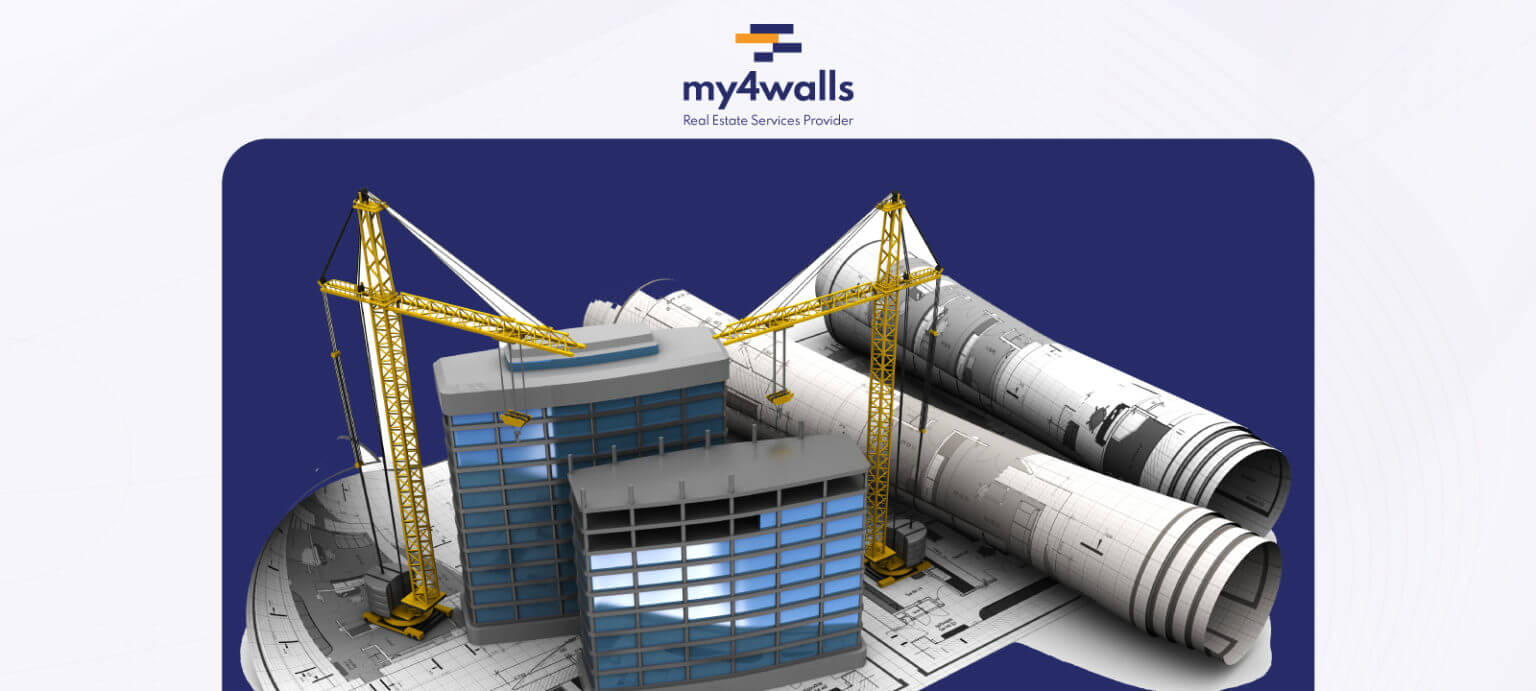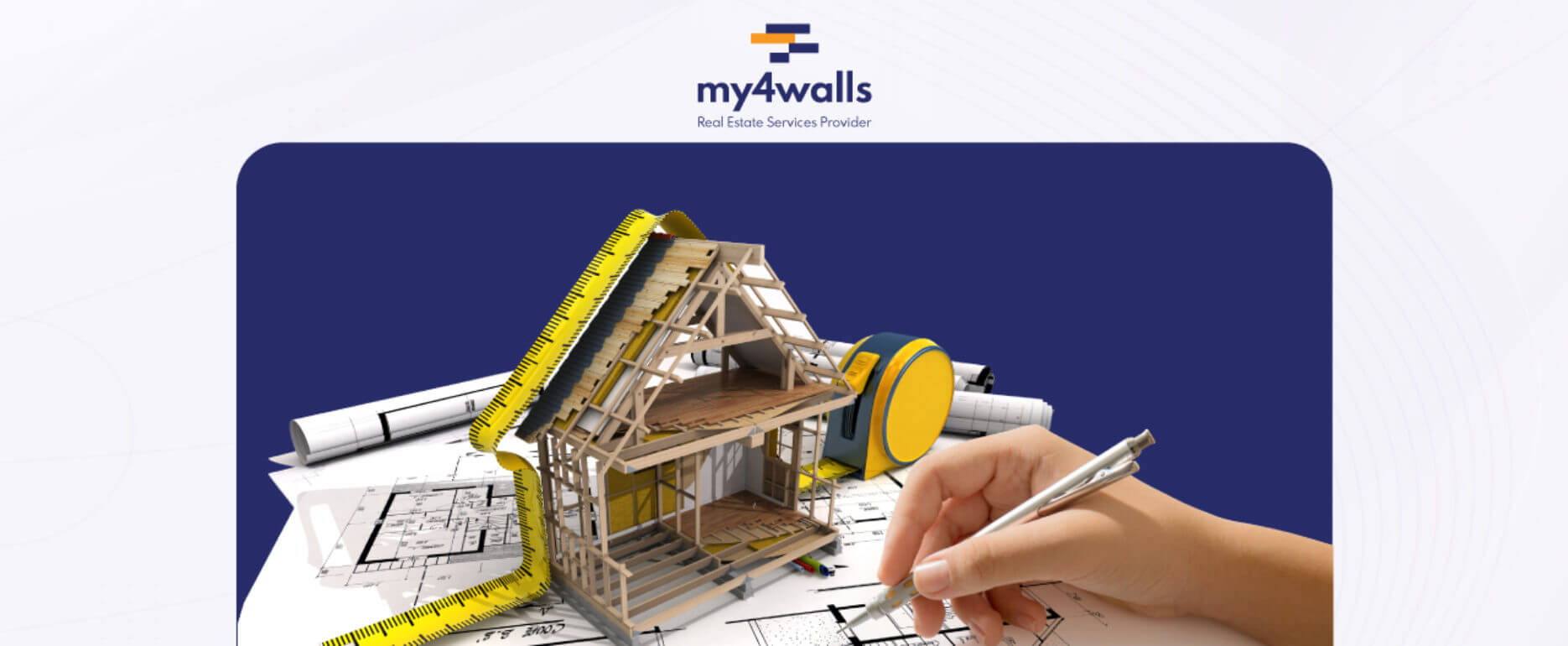
Five reasons why sustainable architecture is so important
To understand sustainable architectural design, let’s first define sustainable.
Sustainable: The ability to meet our own needs without compromising the ability of future generations to meet their own needs.
So how does the concept of sustainability apply in architectural design?
Sustainable architecture: To use materials, energy, development space, and the ecosystem efficiently and moderately to minimize the adverse effects on our current and future environment.
Why do we need sustainable architecture?
It is important to adopt a sustainable focus in architectural design to ensure low wastage during the construction process and to economize the use of materials and their harmful impacts on the environment.
In recent years, sustainable architecture as an architectural design has gained traction from professionals working in design and architecture. There are many alternate statements to sustainable architecture that you might have heard. For example, go green, act green, be eco-friendly, etc have become much more popular slogans that encapsulate the idea of sustainable architectural design.
However, the idea of sustainable architecture might be misused for capitalist purposes. Many design and architecture businesses and professionals carry a green persona but will be very vague in their planning and executions.
What is involved in architectural designing?
A typical architectural design process involves:
- Design: Gather information on the project and create design options for the client.
- Development: A concept note of the approved design.
- Documents: Drawings and instructions for the contractor.
- Bidding: Select the best contractor in terms of quality, time and price.
- Construction: Then the physical construction starts!
Types of architectural design
There are two types of architectural design.
-
Landscape design
Landscape design and architecture is to do with the designing, planning, and management of plain lands such as parks, college campuses, street lanes, walking trails, etc. For example, Central Park in New York City is one of the early models of landscape designs.
-
Interior design
Interior design and architecture is to do with the way we experience the spaces around us. This tool has the ability to affect our everyday lives such as how we live, work, and play. For example, the tranquility of our homes, the motivation in our workplaces, and the scenic public spaces – it’s all possible to the power of interior design!
And from this, it is worth revisiting why design and architecture professionals should turn to sustainable architecture as an architectural design in the first place.
The following are five major reasons why going green in architectural design is the only option for a brighter environment for us and our children.
- Sustainable future
One of the best things about sustainable architectural design is how compatible it is with mother nature – the design adapts to its’ natural environment. The architectural design minimizes the damaging environmental impact of human intervention and infrastructure.
Sustainable design and architecture protect ecosystems and biodiversity as well as reduces water and power consumption, hence aiding in sustaining natural resources.
2. Material efficiency
The sustainable architectural design uses physical processes and materials that utilize minimum inputs without compromising on quality.
Materials such as concrete are not sustainable since it has high energy consumption and cannot be used at the end of the life cycle.
On the other hand, green materials used in sustainable architectural design such as wood and mud are long-lasting, reusable, and recyclable. The process of developing green buildings covers the entire lifecycle of the building, from the operational methods to the materials used.
- Using local materials
With the ever-increasing population, the strain on natural resources is also increasing. Sustainable architectural design uses technologies that promote water and energy-efficient mechanisms as well as promote the usage of local materials.
For sustainable design and architecture, using these local materials helps reduce transportation costs and empowers the local economy and community.
- A better lifestyle
If you live in a green building, there is a higher chance of living a better and healthier lifestyle. Sustainable architectural design allows greater exposure to natural lighting and ventilation, increasing human productivity and reducing depression.
Similarly, the sustainable design and architecture materials used in building construction have multiple health benefits. Green buildings have minimum usage of plastic by-products which reduces the risk of health diseases and increases well-being.
- Benefitting from tax incentives
As a sustainable design and architecture professional, if you build a green building, you are eligible for government incentives such as tax cuts, better interest rates, and better returns. Moreover, green buildings also have relatively lower operational costs and utility bills.
In conclusion, sustainability in architectural design is a complicated subject. Every human activity such as living, eating, and traveling impacts the global and local ecosystem. However, with more and more emphasis on how we live and build our environment, design and architecture professionals have become the trendsetters of our path to a sustainable world.



